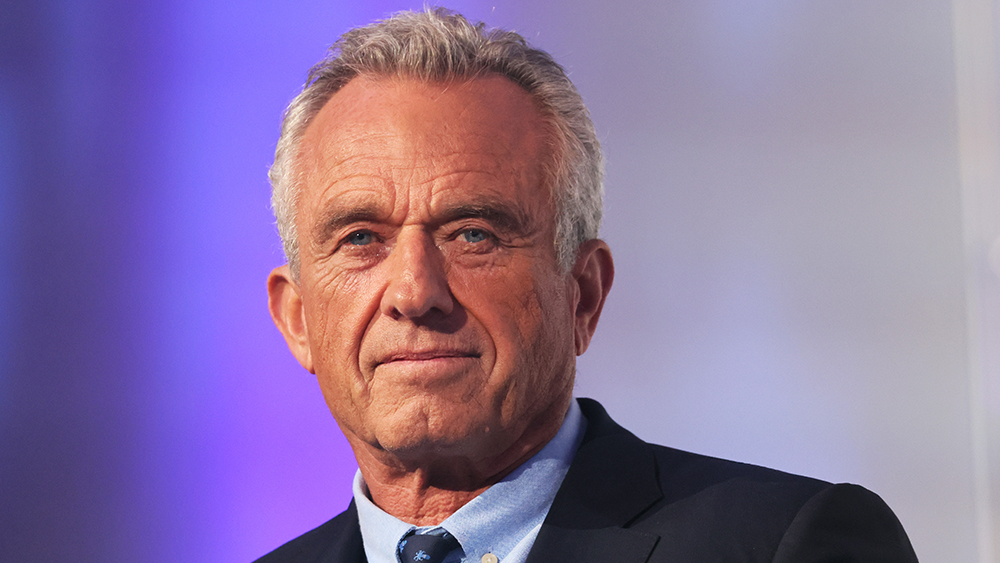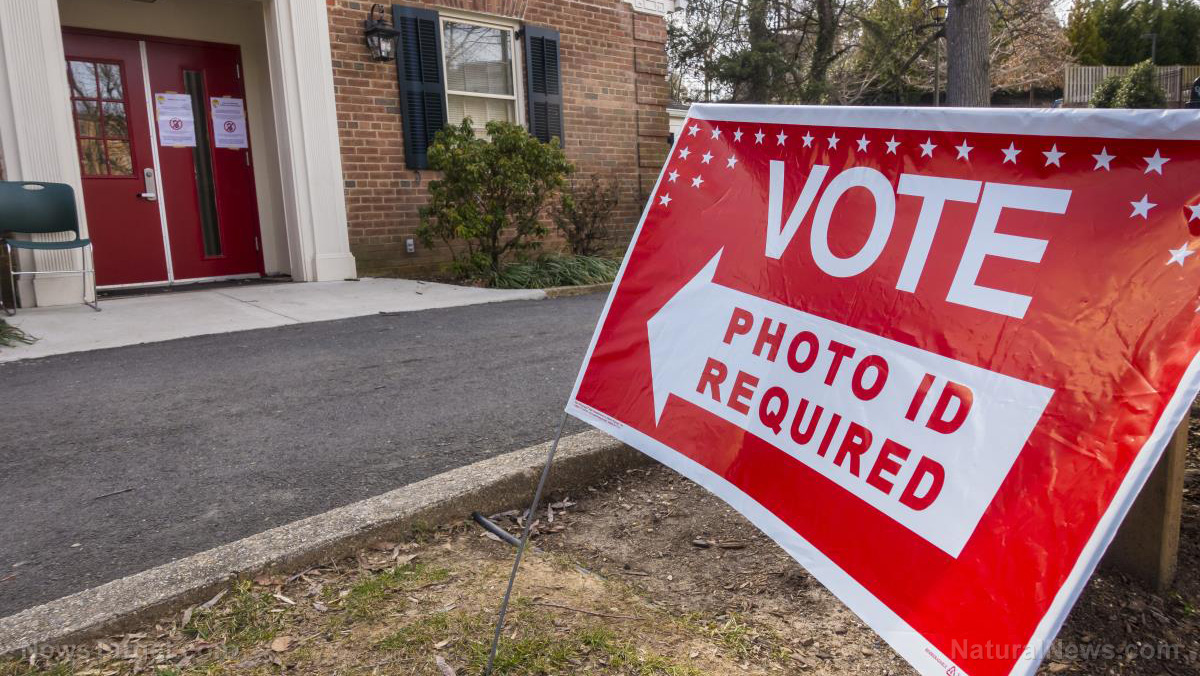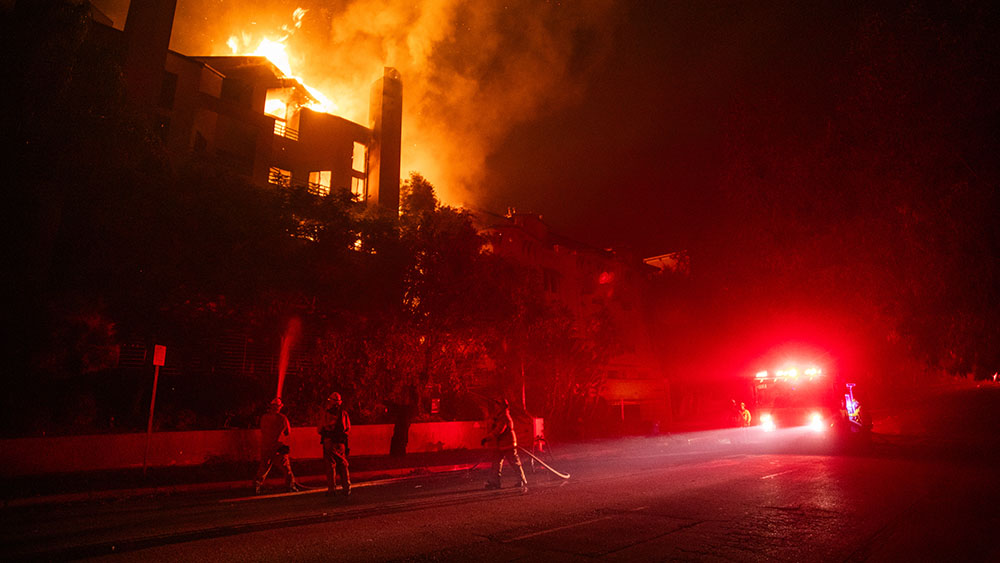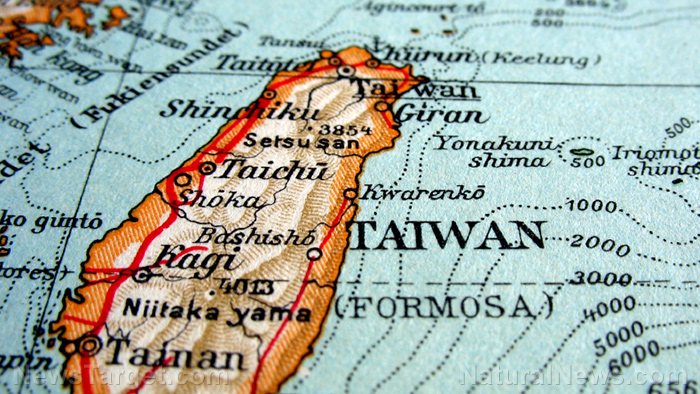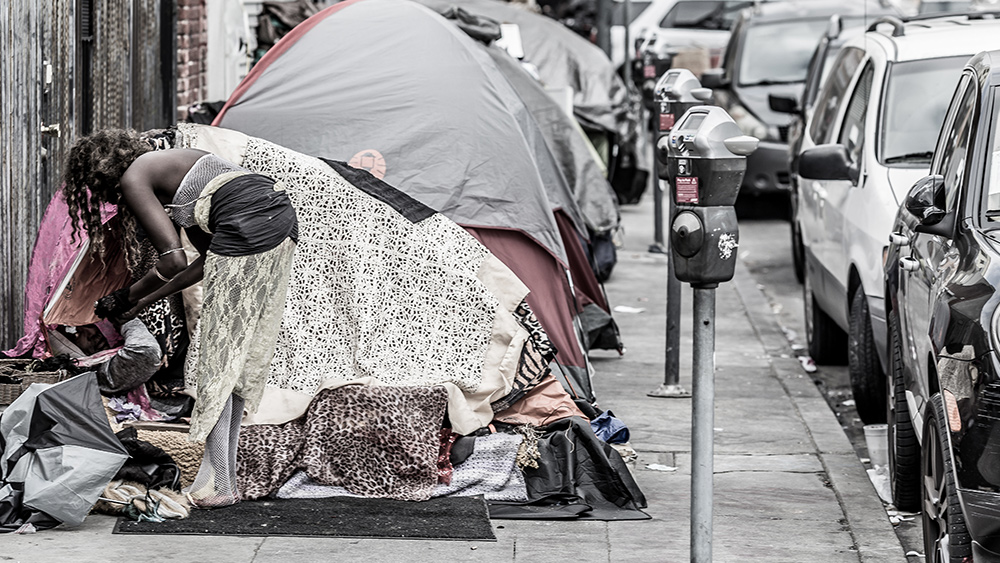
- On July 22, San Francisco supervisors approved a citywide two-hour parking limit for oversized vehicles to curb homelessness and reclaim public spaces.
- The ordinance includes temporary exemptions for those living in large vehicles before May 2025, along with offers of interim or permanent housing and a new permit program for individuals actively engaging with outreach services.
- City data from May showed 500 large vehicles parked on streets, with over 430 occupied and a 37 percent rise in vehicle-dwelling households since 2022.
- The city will invest $13 million over two years in housing subsidies, outreach, enforcement and a vehicle buyback program to support affected residents.
- The ordinance is a key piece of Mayor Lurie's broader "Breaking the Cycle" initiative, which includes phased reforms over one year to improve homelessness services, expand housing and treatment beds and overhaul city systems for accountability and long-term impact.
Lurie launches "Breaking the Cycle" plan
The ordinance is part of Lurie's "Breaking the Cycle" directive, which includes new behavioral health policies, recovery services and a 24/7 stabilization center. In March, Lurie signed the executive order to fundamentally reform San Francisco's response to homelessness and behavioral health crises. The "Breaking the Cycle" directive lays out reforms over three major timelines, 100 days, six months and one year, to revamp how the city moves people from crisis to stability. In the first 100 days, the "Breaking the Cycle" plan will launch a new model of street outreach teams to improve coordination and ensure people are moved directly into shelter or housing. The city will also streamline its homelessness response system to accelerate placements and enhance service delivery. In addition, reforms will be implemented across health and assistance programs to support long-term stability and self-sufficiency for vulnerable residents. Over the next six months, the plan calls for the addition of 1,500 new beds, including those with behavioral and medical support services, to meet the diverse needs of people on the street. The city will also reevaluate its partnerships with nonprofit organizations, tying future funding more directly to performance outcomes. Funding priorities will be adjusted to promote flexibility, effectiveness and a greater focus on helping individuals exit homelessness rather than navigating bureaucratic barriers. Within one year, the city aims to leverage additional state and federal resources to expand and improve behavioral health and housing programs. It will overhaul its data systems and decision-making tools to ensure all policies and services are grounded in evidence. Investments will also be made in workforce development and programs that support economic self-sufficiency, helping more individuals transition out of homelessness permanently. Finally, the city will conduct a structural review of its health, housing, homelessness and human services departments to explore organizational changes that could improve efficiency, coordination and accountability. Head over to CaliforniaCollapse.news for more stories like this. Listen to this "Health Ranger Report" Situation Update, with the Health Ranger Mike Adams warning that giant homeless encampments are set to explode across the country. This video is from the Health Ranger Report channel on Brighteon.com.More related stories:
California mayor under fire for proposing FENTANYL distribution to address homelessness.
Thousands living in “kingdom” of HOMELESSNESS near Disney World in Florida.
Audit reveals billions in taxpayer dollars wasted as L.A. homelessness crisis worsens.
NBC News: Inflation and illegals to blame for HOMELESSNESS among LA students.
Billionaire investor slams San Francisco's "zombie zones," 20-year record high homelessness.
Sources include: TheEpochTimes.com SF.gov 1 SF.gov 2 Brighteon.comSecretary Kennedy shuts down $500 million in BARDA mRNA vaccine contracts
By Lance D Johnson // Share
Federal appeals court upholds Texas voter ID requirement for mail-in ballots
By Laura Harris // Share
A viral video ignites federal firestorm over Minnesota fraud
By willowt // Share
Russia activates "unstoppable" Poseidon tsunami drone
By kevinhughes // Share
Russian FM Lavrov: Moscow will back China on Taiwan issue
By ramontomeydw // Share
The breakfast clock: Why timing your morning meal is a secret weapon against high cholesterol
By jacobthomas // Share
The Health Ranger's New Year Revolution: The ultimate guide to health, wealth and freedom
By kevinhughes // Share
"Absolute Healing" on BrightU: Experts explore COVID-19 as an engineered bioweapon
By jacobthomas // Share
